Canada has never been much of a contender when it comes to the Davis Cup, the 118-year-old international men’s tennis competition that is played in countries around the world.
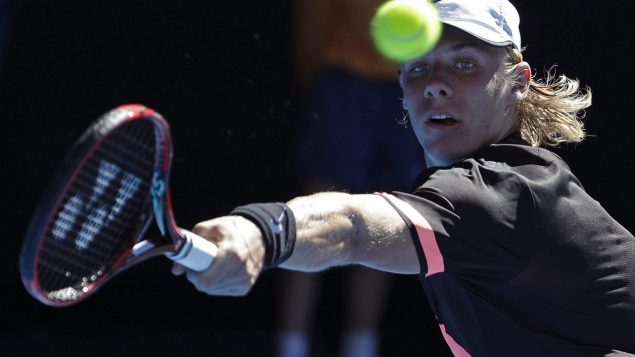
If Canada is to make what’s being billed as the grand finale of the tennis season in 2019, Denis Shapovalov will need to keep on improving–in major fashion. (AP Photo/Dita Alangkara)
Not that the country hasn’t had its moments.
It’s just they’ve been few and far between
Canada’s best result-ever came in its first appearance in 1913 when the team reached the World Group final, losing to the United States 0-3.
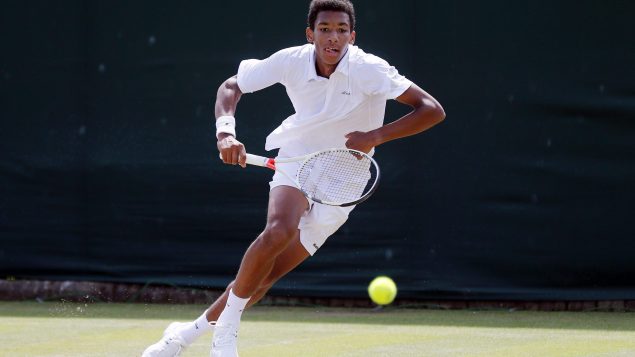
Canadian teenager Felix Auger-Aliassime will likely be in the centre of things as Canada attempts to climb the tennis rankings.
CANADIAN PRESS/AP-Ben Curtis, File
The best result in the Open Era? In 2013, Canada reached the World Group semifinals but were defeated 2-3 by Serbia. (Hey, what’s a hundred years?)
In early February, Canada lost 1-3 to Croatia in their first-round tie.
In September, the Canadians, ranked No. 15 in Davis Cup, will play the World Group playoffs to try to stay among the top 16 nations in the world for 2019.
So the International Tennis Federation’s stunning announcement this week that big changes are very likely coming to the Davis Cup format next year will probably not draw much more than a collective yawn across the country.
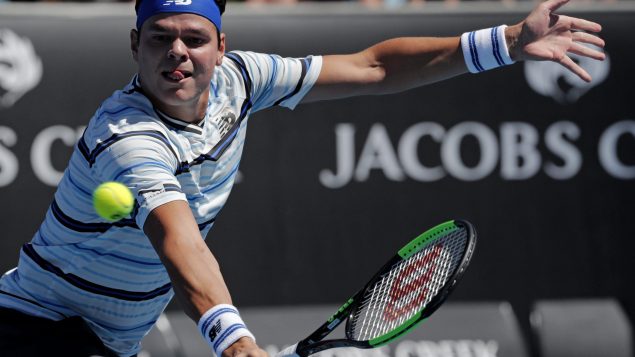
Milos Raonic, once ranked No. 3 in the world, has had a tough couple of seasons, mainly because of injuries. If healthy, he might be able to lead Canada to greater tennis heights.
(AP Photo/Vincent Thian)
But hold on a sec.
Canada does have a couple of hotshot teenagers, Denis Shapovalov and Felix Auger-Aliassime, who if things go according to plans–and hopes–might help Canada climb to tennis heights it’s never viewed before–especially if Milos Raonic, once ranked as high as No. 3 and a former Wimbledon finalist, can find a way to escape the spate of nagging and debilitating injuries that have plagued him over the past couple of seasons.
It’s not a deal yet, but it very much appears one of the oldest world-wide sporting competitions is on the verge of going the way of all flesh.
No longer will the competition be held through out the year in front of partisan home crowds.
In its place: a one-week extravaganza in November, beginning in 2019.
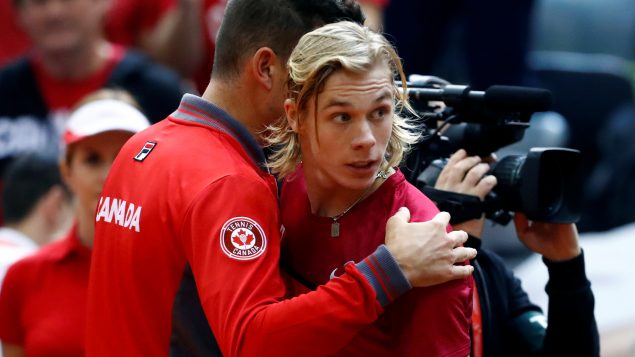
Milos Raonic comforts Denis Shapovalov following his Davis Cup loss to Borna Coric of Croatia in February.
(REUTERS/Antonio Bronic)
The total purse: $20 million US.
The format will be round-robin with six groups composed of three nations each, followed by a knockout stage beginning with the quarterfinals.
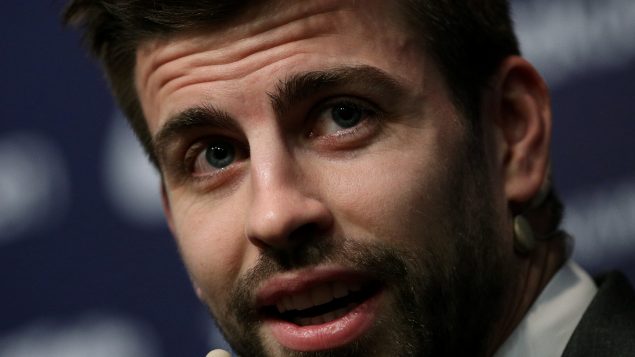
Barcelona soccer player Gerard Piqué appears to be in centre of plans to change the face of Davis Cup tennis competition. (REUTERS/Albert Gea)
And there will be fewer matches. Singles competition will be cut from four matches to two.
Doubles competition will stay at one match.
Best-of-three matches will replace the current best-of-five format.
Will it all happen?
In making the announcement, the ITF said the proposal “is subject to further development and the successful completion of due diligence and finalization of a formal agreement.”
Still, the ITF board unanimously endorsed the proposal, which will be submitted at the ITF’s annual general meeting in Florida in August.
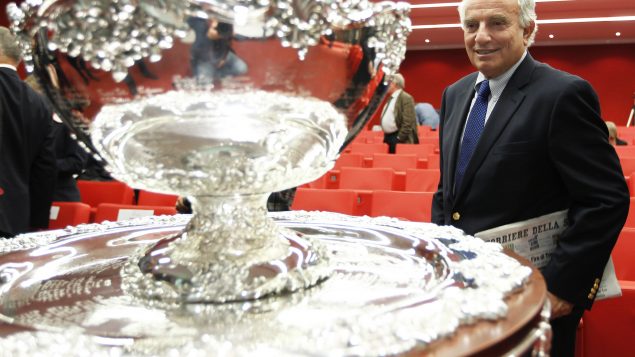






For reasons beyond our control, and for an undetermined period of time, our comment section is now closed. However, our social networks remain open to your contributions.